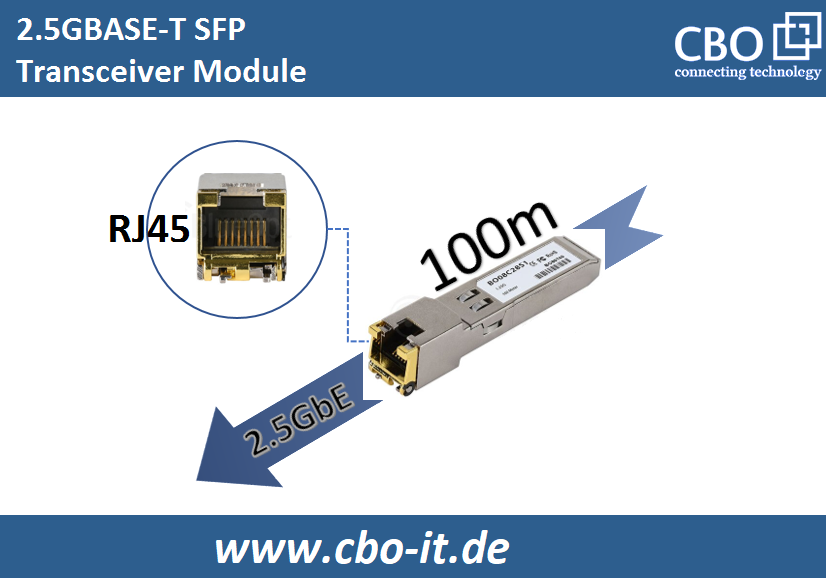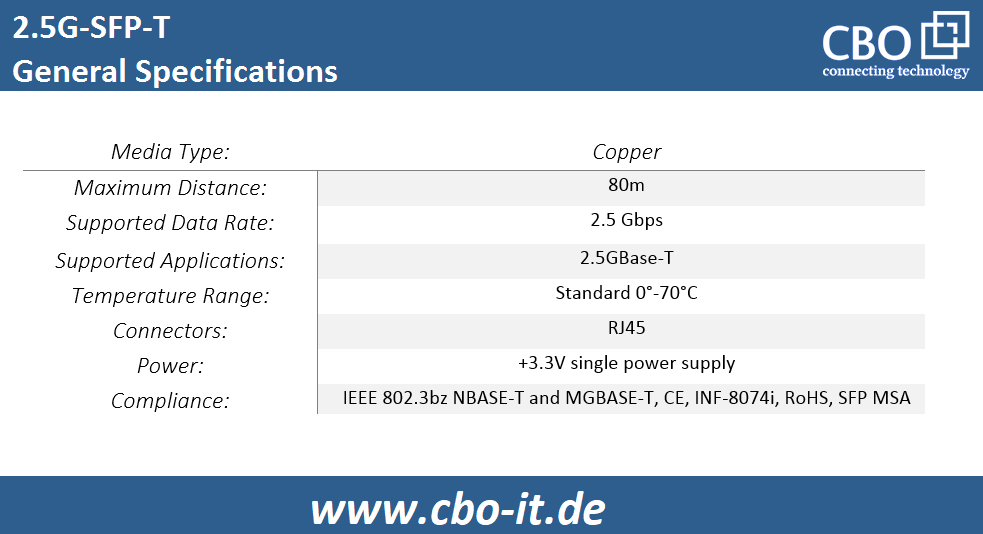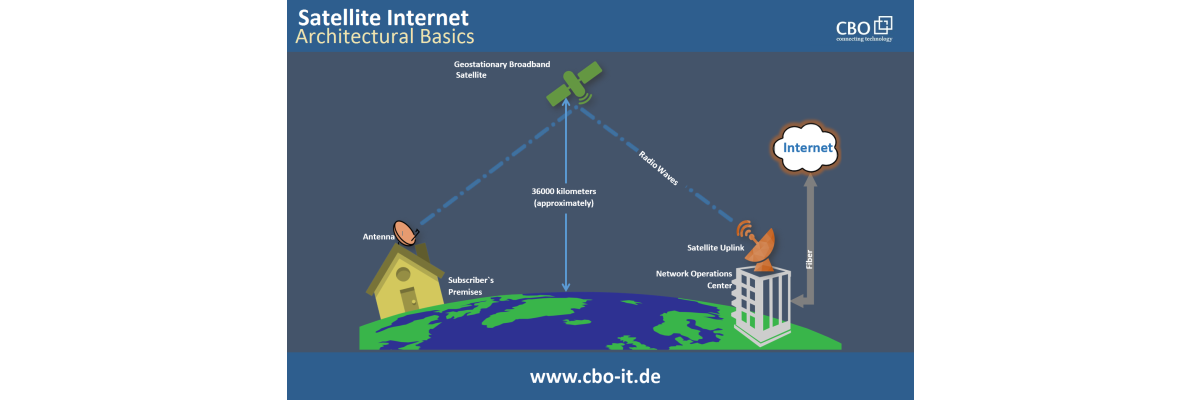Because of a surge in demand, data center operators have started upgrading from 10G to 40 and 100G or beyond. However, it’s a massive challenge for small to medium enterprises operating with 1G infrastructure to upgrade from 1G to 10 or 100G directly. Here comes the role of 2.5 Ethernet that has emerged as a more feasible up-gradation opportunity and fills in some gaps. So, how better is your understanding of 2.5G BASE-T optical transceivers? In this article, we will discuss 2.5G BASE-T SFP modules comprehensively.
What is 2.5G BASE-T SFP?
2.5G BASE-T SFP is a type of MSA-compatible 2.5G SFP (Small Form-factor Pluggable) copper transceiver designed to operate over a twisted-pair Cat5e or superior cable. 2.5G SFP transceivers are known for low power consumption and can operate around 2.5 times faster than 1G SFP modules. With a 2.5G BASE-T SFP module, up to 80 meters links are possible. Consequently, 2.5G SFP transceivers are ideal for networking within data centers and office premises where copper connections are feasible. Following exhibit contain information about 2.5G BASE-T SFP module`s general specifications.


2.5G BASE-T SFP Working Principle
As we all know, optical transceivers belong to the physical layer of the OSI model and contain a transmitter and a receiver to handle communications. Moreover, the entire process of optoelectronic conversion also takes part within the transceiver. Meanwhile, copper modules work differently than optical ones. We are talking about the 2.5G BASE-T SFP module, which works on copper networks, so let’s talk about it.
Likewise, other copper modules, the 2.5G BASE-T SFP module, come with an RJ45 interface that couples with copper Ethernet cables. The host network switch transmits the electrical signal directly to the 2.5G module, and then the module forwards the electrical signal through a twisted-pair type Ethernet cable. That’s how simple is the entire working principle of a 2.5G BASE-T Copper transceiver.
2.5G BASE-T SFP - Applications
2.5G BASE-T Copper SFP transceiver is a versatile module. Its specifications make it a viable solution for numerous applications in today`s challenging scenario. most popular applications of 2.5 Copper SFP include; Enterprise networking, interconnection and aggregation of servers, WIFI access points, storage appliances. In short, 2.5G SFP can play a vital role in places operating with copper infrastructure.
Frequently Asked Questions on 2.5G BASE-T Copper
Q: Will my existing cable farm support 2.5G BASE-T?
A: The primary cause behind the launch of 2.5G BASE-T was to support 802.11ac compatible Wi-Fi devices over the existing CAT5e or CAT6 infrastructure. Now, many network operators are considering this technology to enjoy the benefits of faster Wi-Fi without undergoing any major cabling upgrade. However, not all cabling farms have similar capabilities. Over time alterations are made in cable networks that can cause damage and consequently degrade performance. So, it is an intelligent choice to proceed after establishing that your existing cable plant tends to support 2.5G BASE-T before you spend for equipment.
Q: Can 10G SFP+ Support 2.5G?
A: Yes! the 10G SFP+ copper modules can auto-negotiate to adapt 2.5G, 100Mbps, 5G, 1000Mbps data rates. 10GBASE-T SFP+ modules have an integrated RJ45 interface that can handle 10G bandwidth over the already existing cable plant.
Q: What are the reasons behind the emergence of 2.5BASE-T?
A: the emergence of 2.5GBASE-T Ethernet has strong links with Wi-Fi 6. Because Wi-Fi 6 can handle data transmission at rates 2.5Gbps and above and solves the issues related to reading and writing data at multiple terminals instantaneously. Consequently, 2.5G BASE-T Ethernet is getting popular among network operators to link Wi-Fi access points.
Q: If there is another type of SFP module available as well?
A: Yes! Several types of SFP modules are available on the market, including; PON SFP, 3G-SDI video SFP, CWDM SFP, DWDM SFP, BIDI SFP, Fiber Channel SFP, etc.
Q: What are the benefits of the 2.5G BASE-T SFP module?
A: Following are some of its advantages;
- consumes lesser power
- transmits data at rates approximately 2.5 times higher than 1G SFP
- backward compatibility with 100Base and 1000Base networks
- cost-effective solution for short-range links
compatibility with a broad range of networking hardware.
Conclusion
The 2.5G BASE-T SFP is a viable and cost-effective networking solution for copper-based short-distance transmission. Datacenter operators planning to upgrade their existing 1G networks can opt to proceed with upgrading to 2.5G. Its tendency to operate on existing CAT5e cabling infrastructure makes it ideal for many operators. 1G backbone for upcoming wireless devices won’t be enough. So, 2.5G BASE-T SFP is an excellent choice for constructing a robust backbone for wireless access points.
 English
English
 Deutsch
Deutsch
 Espaniol
Espaniol










